Mitigating Hallucinations in LLMs for Community College Classrooms: Strategies to Ensure Reliable and Trustworthy AI-Powered Learning Tools
The phenomenon of “hallucinations” in Artificial Intelligence (AI) systems poses significant challenges, especially in educational settings such as community colleges. According to the Word of the Year 2023 from Dictionary.com, “hallucinate” refers to AI’s production of false information that appears factual. This is particularly concerning in community college classrooms, where students rely on accurate and reliable information to build their knowledge. By understanding the causes and implementing strategies to mitigate these hallucinations, educators can leverage AI tools more effectively.
Understanding the Origins of Hallucinations in Large Language Models
Hallucinations in large language models (LLMs) like ChatGPT, Bing, and Google’s Bard occur due to several factors, including:
- Contradictions: LLMs may provide responses that contradict themselves or other responses due to inconsistencies in their training data.
- False Facts: LLMs can generate fabricated information, such as non-existent sources and incorrect statistics.
- Lack of Nuance and Context: While these models can generate coherent responses, they often lack the necessary domain knowledge and contextual understanding to provide accurate information.
These issues highlight the limitations of current LLM technology, particularly in educational settings where accuracy is crucial (EdTech Evolved, 2023).
Strategies for Mitigating Hallucinations in Community College Classrooms
Addressing hallucinations in AI systems requires a multifaceted approach. Below are some strategies that community college educators can implement:
Prompt Engineering and Constrained Outputs
Providing clear instructions and limiting possible outputs can guide AI systems to generate more reliable responses:
- Craft specific prompts such as, “Write a four-paragraph summary explaining the key political, economic, and social factors that led to the outbreak of the American Civil War from 1861 to 1865.”
- Break complex topics into smaller prompts, such as, “Explain the key political differences between the Northern and Southern states leading up to the Civil War.”
- Frame prompts as questions that require AI to analyze and synthesize information.
Example: Instead of asking for a broad summary, use detailed, step-by-step prompts to ensure reliable outputs.
Data Augmentation and Model Regularization
Incorporate diverse, high-quality educational resources into the AI’s training data:
- Use textbooks, academic journals, and case studies relevant to community college coursework.
- Apply data augmentation techniques like paraphrasing to help the AI model generalize better.
Example: Collaborate with colleagues to create a diverse and comprehensive training data pool for subjects like biology or physics.
Human-in-the-Loop Validation
Involving subject matter experts in reviewing AI-generated content ensures accuracy:
- Implement regular review processes where experts provide feedback on AI outputs.
- Develop systems for students to provide feedback on AI-generated material.
Example: Have seasoned instructors review AI-generated exam questions to ensure they reflect the course material accurately.
Benchmarking and Monitoring
Standardized assessments can measure the AI system’s accuracy:
- Create a bank of questions to evaluate the AI’s ability to provide accurate explanations of key concepts.
- Regularly assess AI performance using these standardized assessments.
Example: Use short quizzes after AI-generated summaries to identify and correct errors in the material.
Specific Applications
Implement prompting techniques to mitigate hallucinations:
- Adjust the “temperature” setting to reduce speculative responses.
- Assign specific roles or personas to AI to guide its expertise.
- Use detailed and specific prompts to limit outputs.
- Instruct AI to base its responses on reliable sources.
- Provide clear guidelines on acceptable responses.
- Break tasks into multiple steps to ensure reliable outputs.
Example: When asking AI about historical facts, use a conservative temperature setting and specify reliable sources for the response.
Conclusion
Mitigating AI hallucinations in educational settings requires a comprehensive approach. By implementing strategies like prompt engineering, human-in-the-loop validation, and data augmentation, community college educators can ensure the reliability and trustworthiness of AI-powered tools. These measures not only enhance student learning but also foster the development of critical thinking skills.



Focus Keyphrase: AI Hallucinations in Education
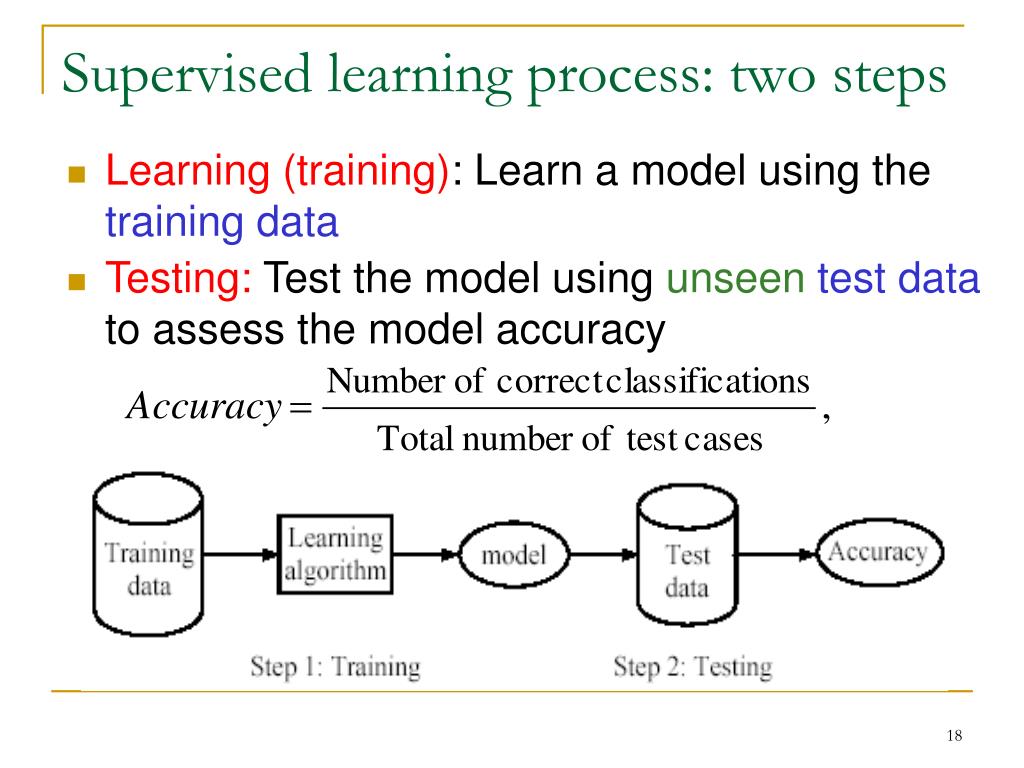 >
>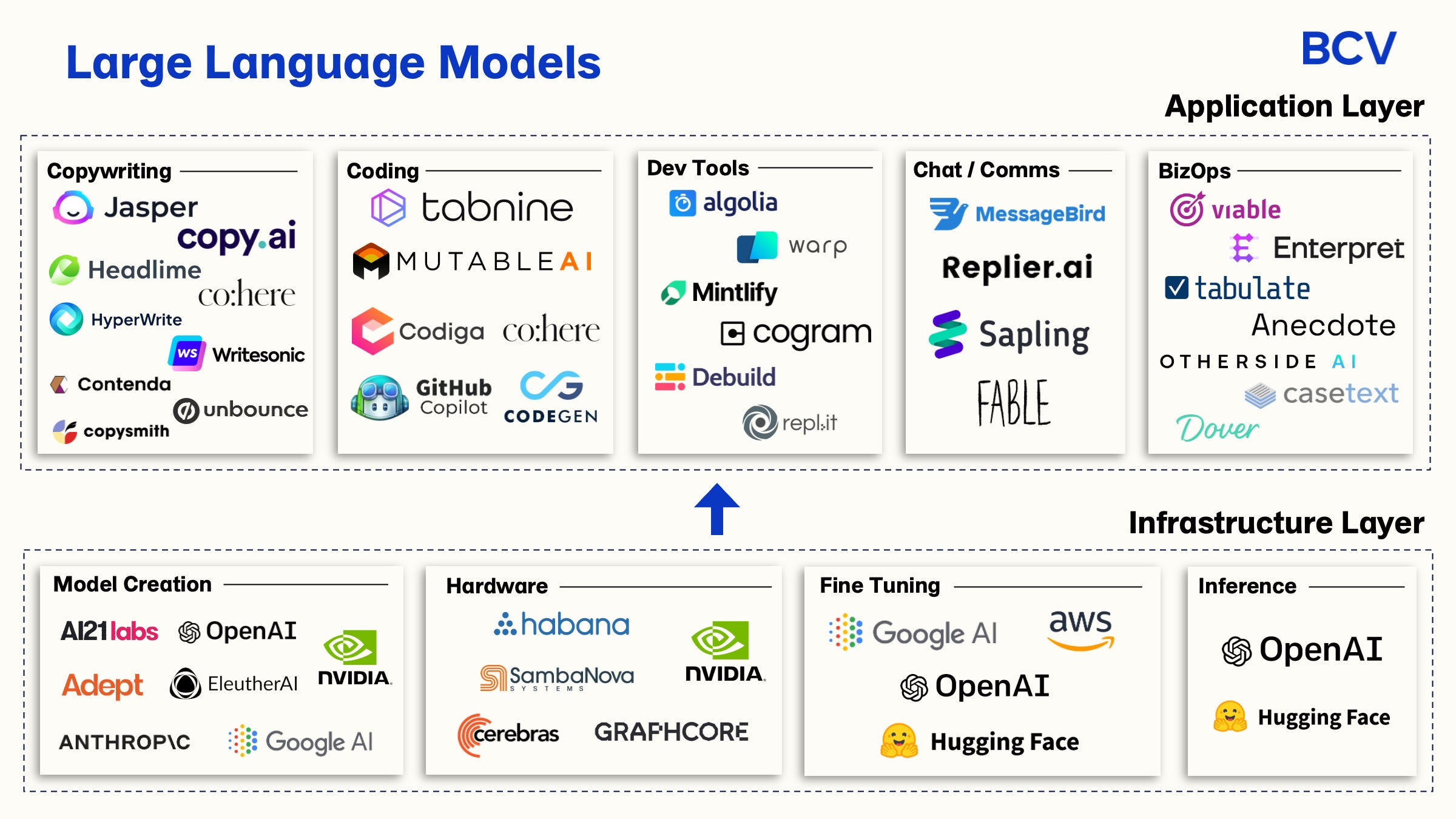 >
> >
>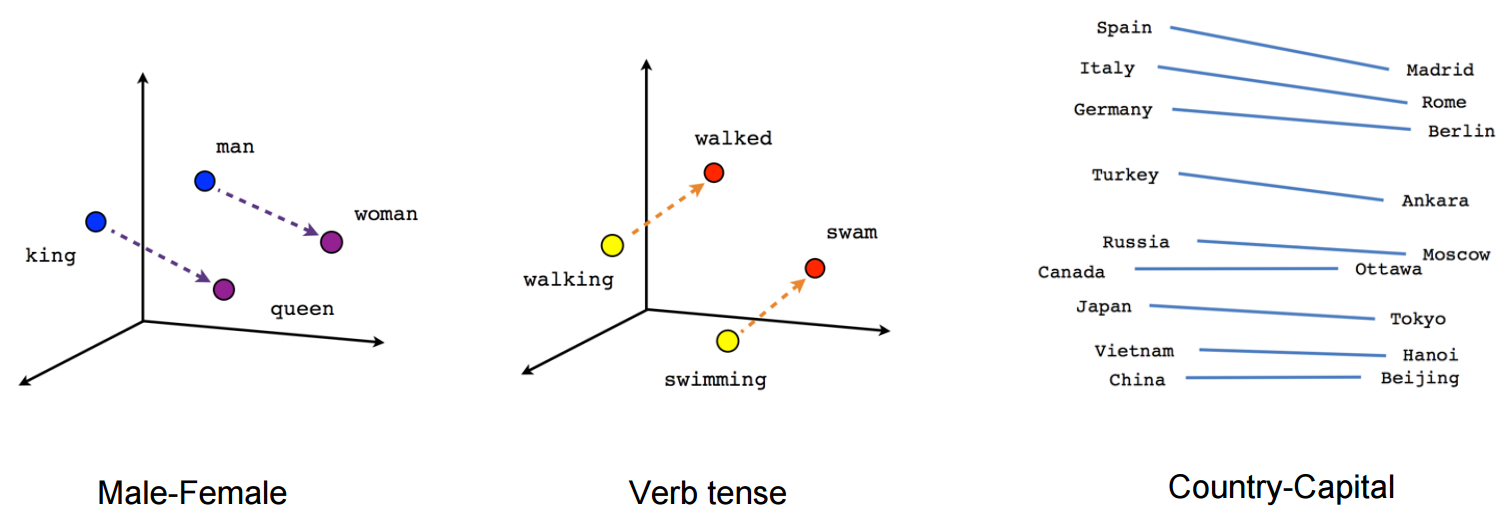 >
>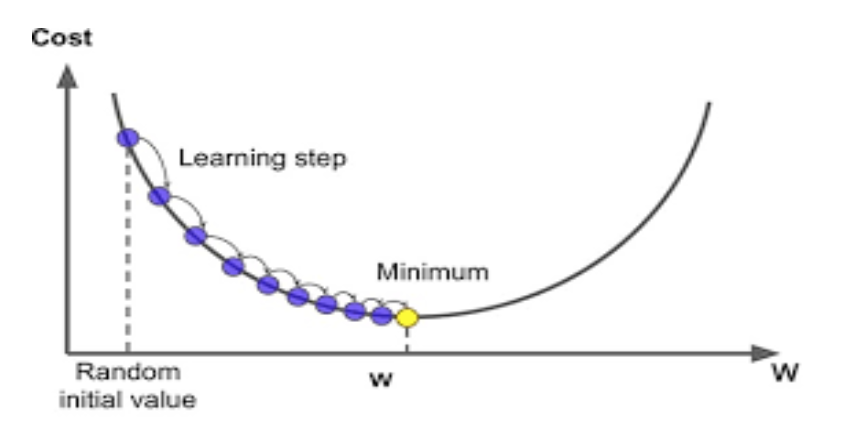 >
>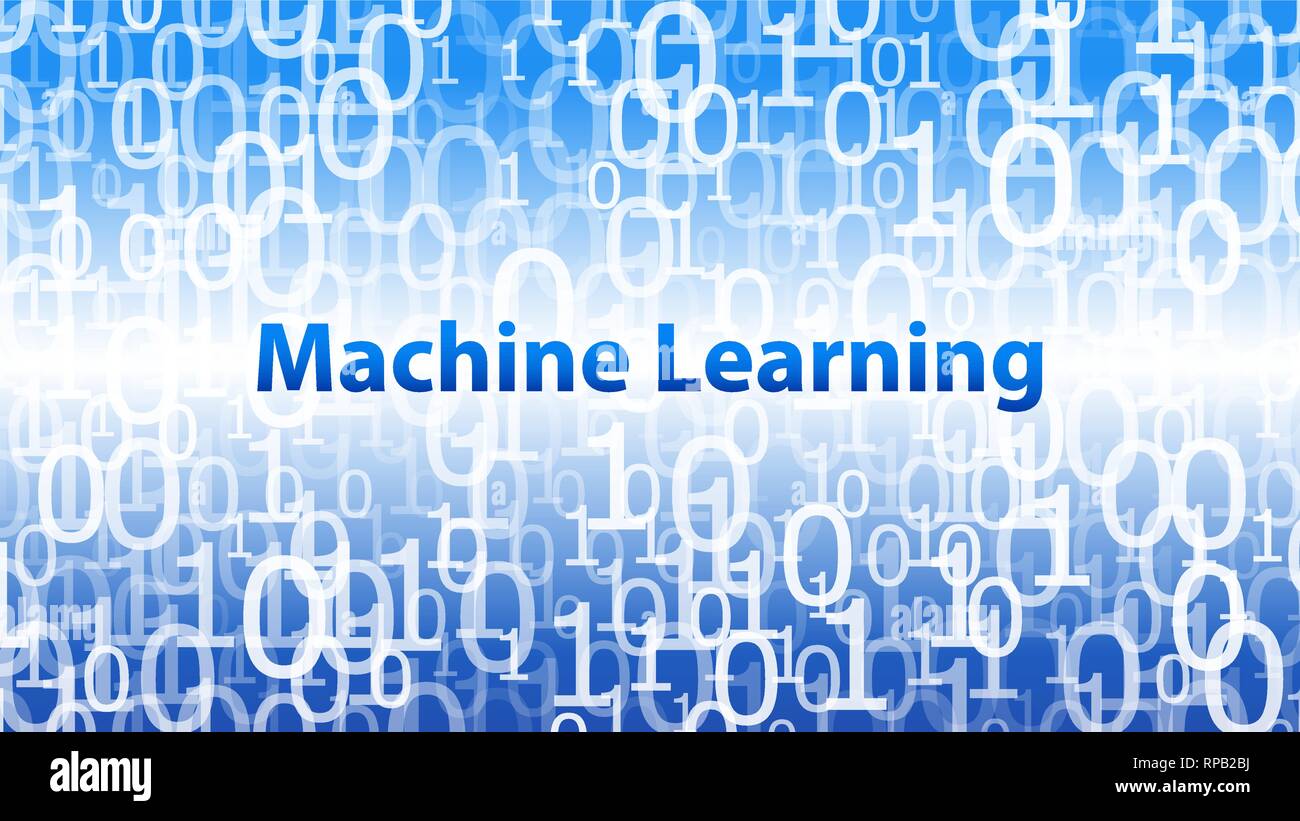 >
>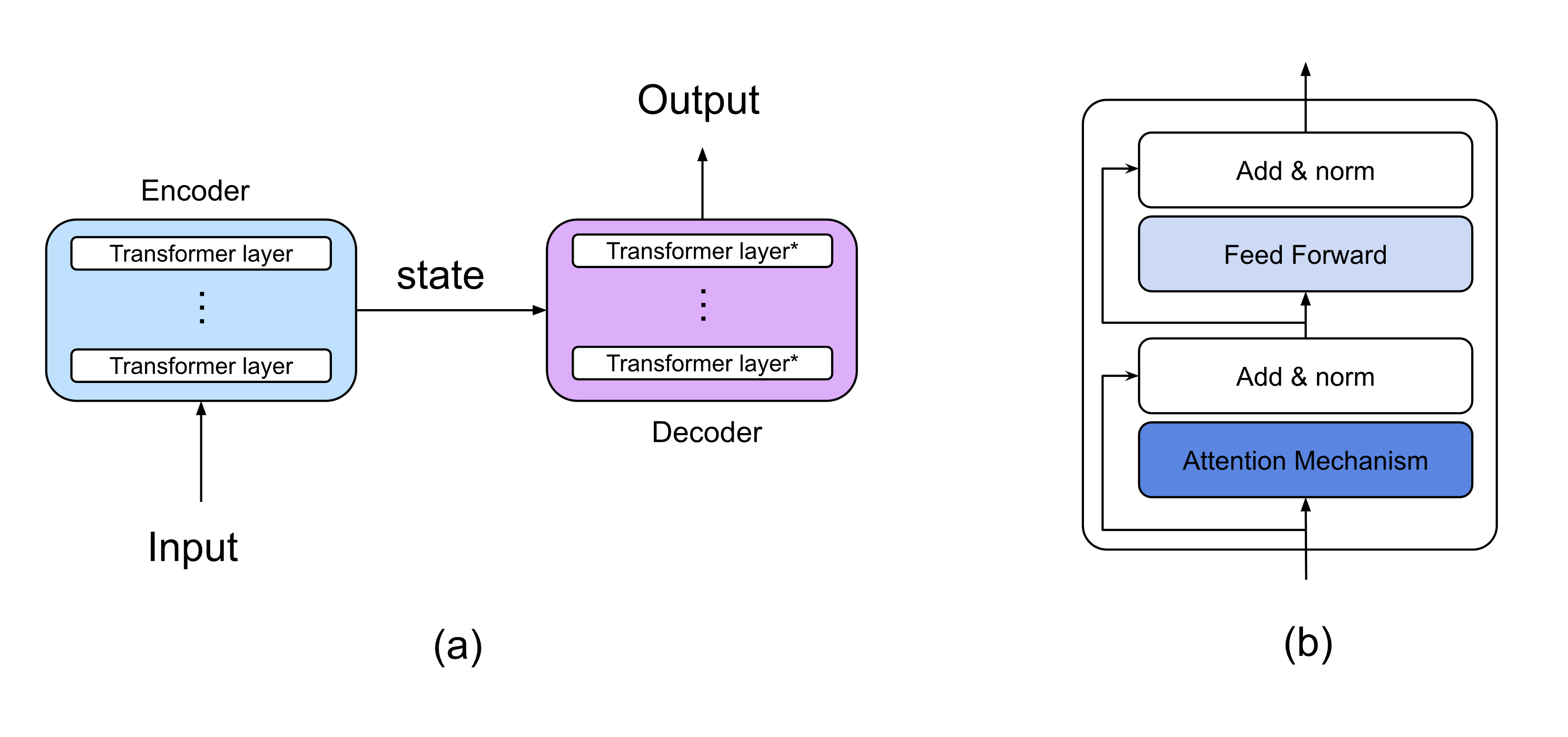
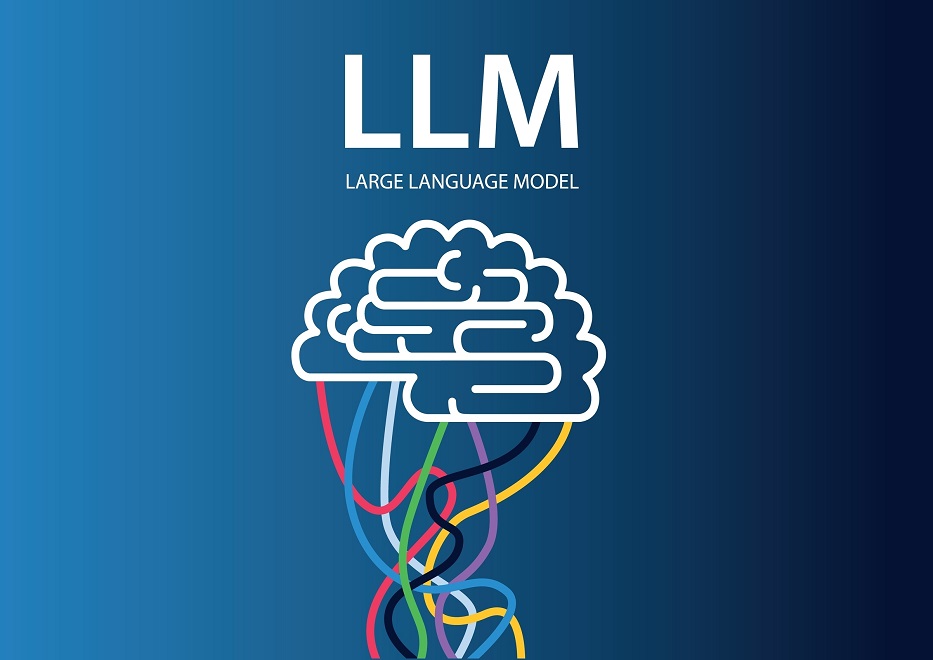
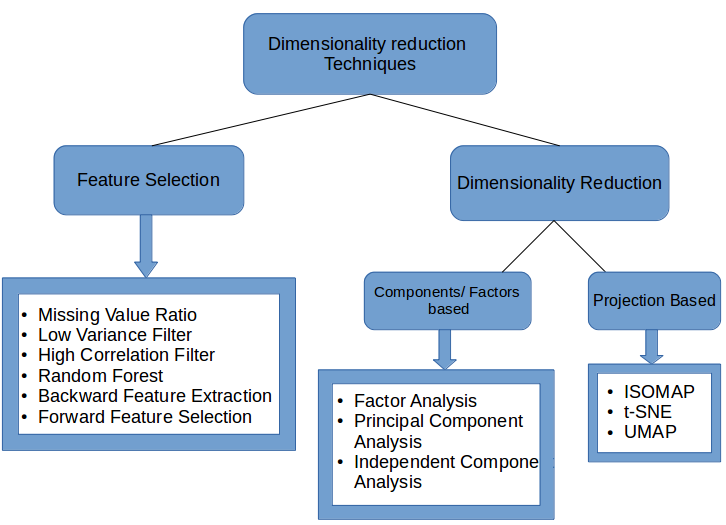 >
>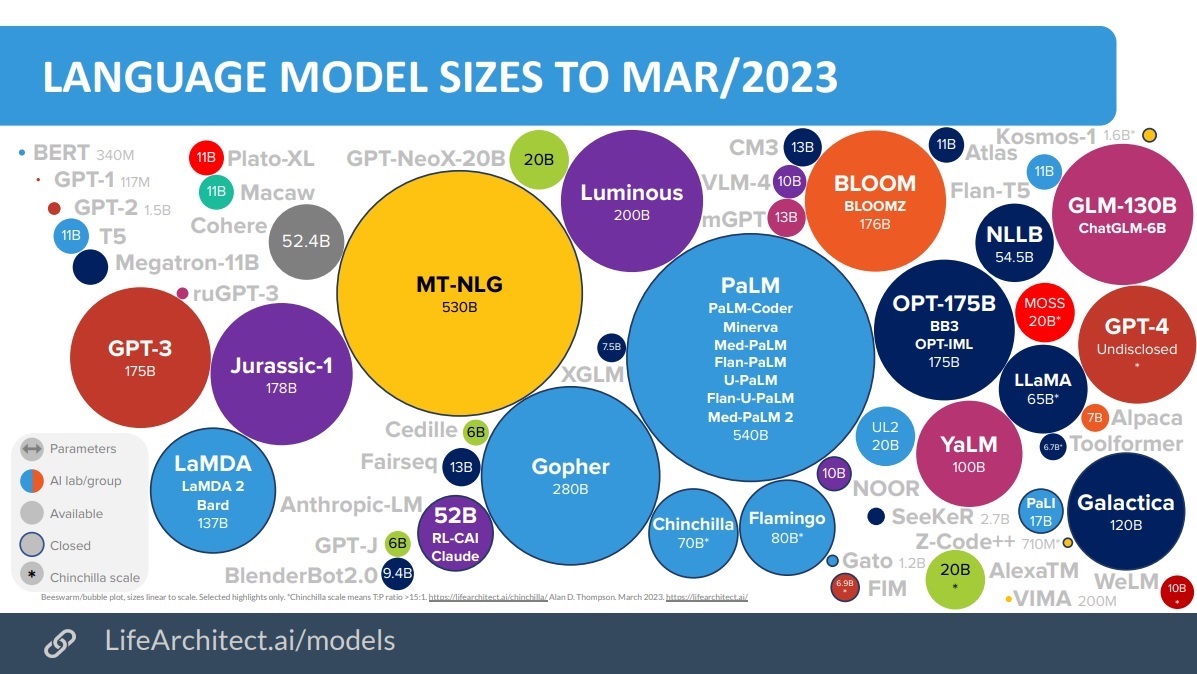 >
>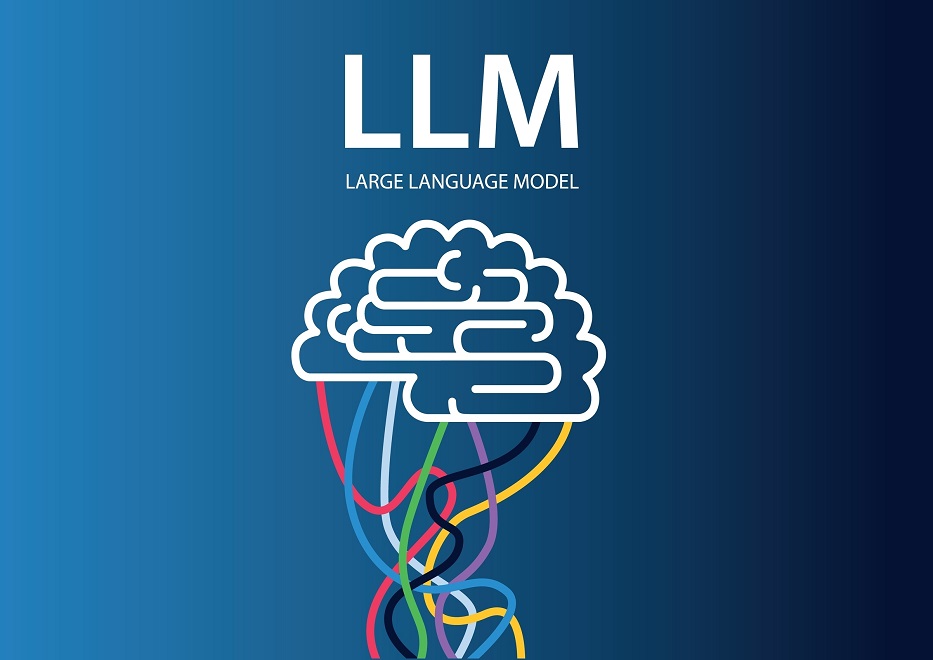 >
>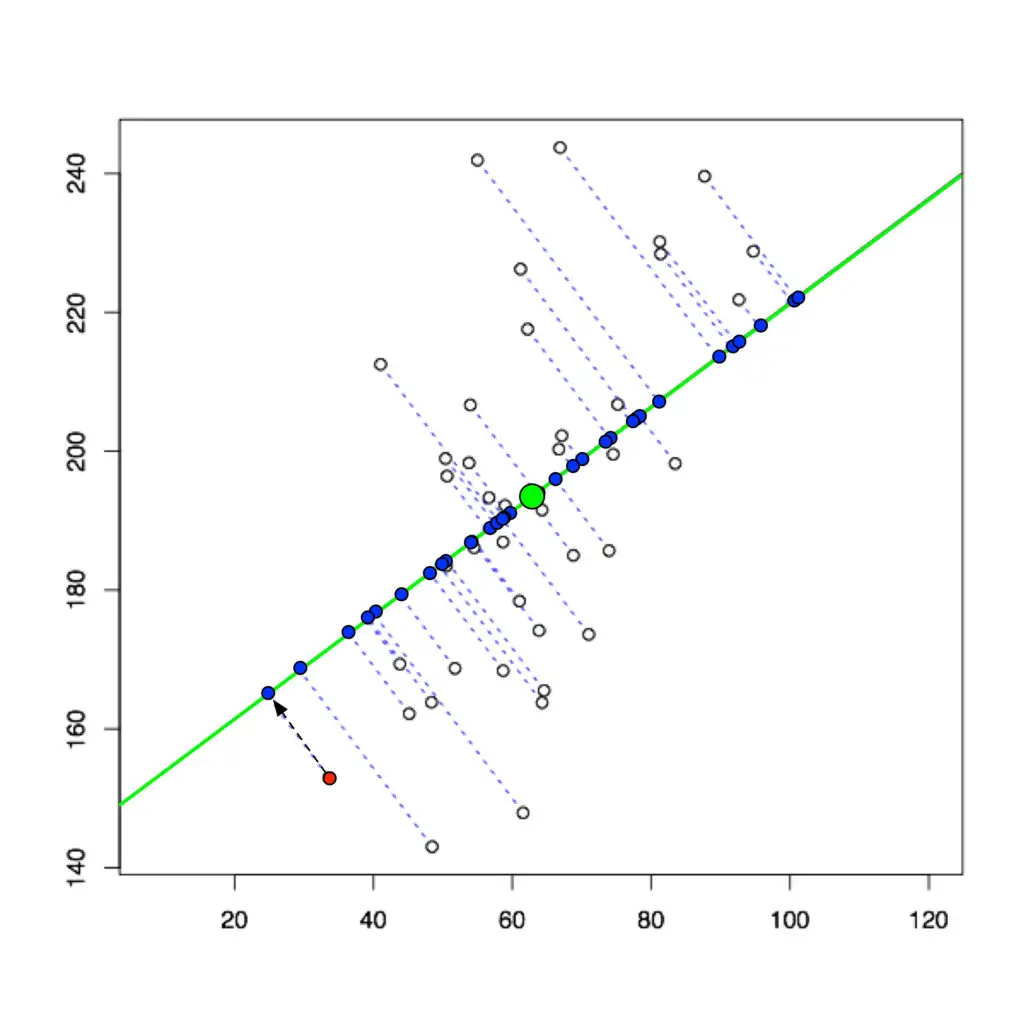 >
>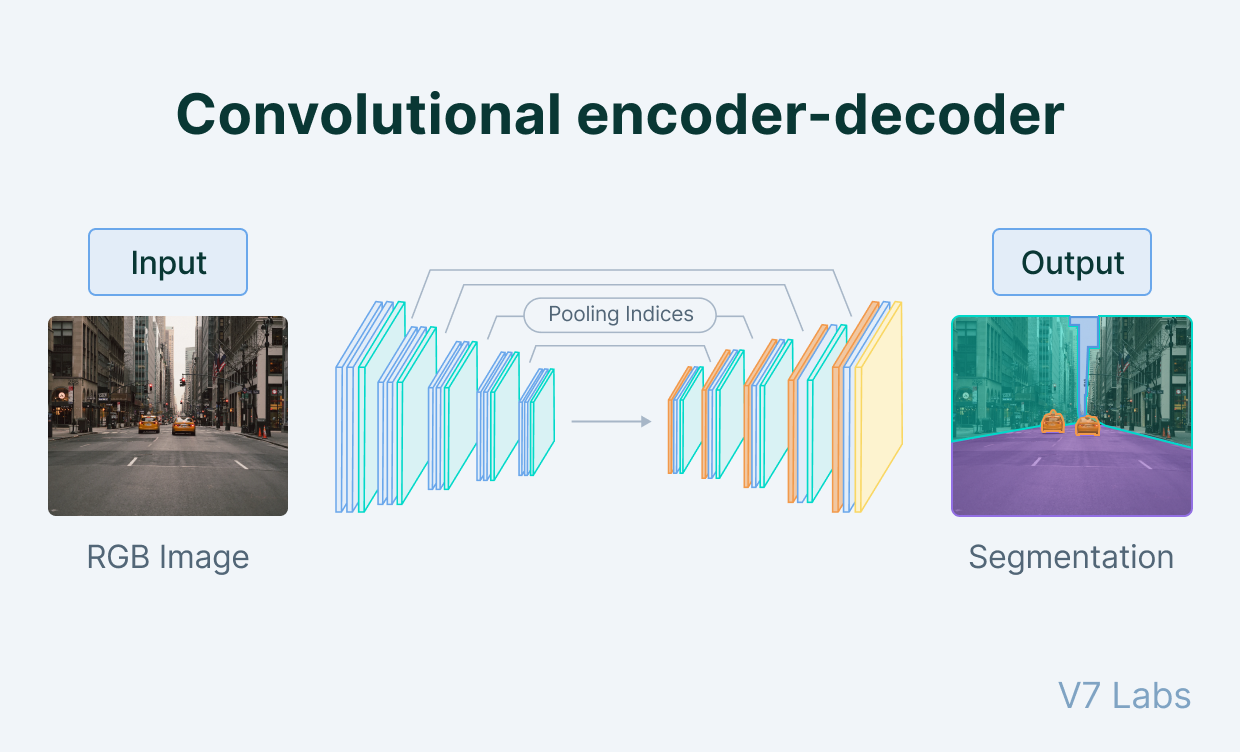 >
>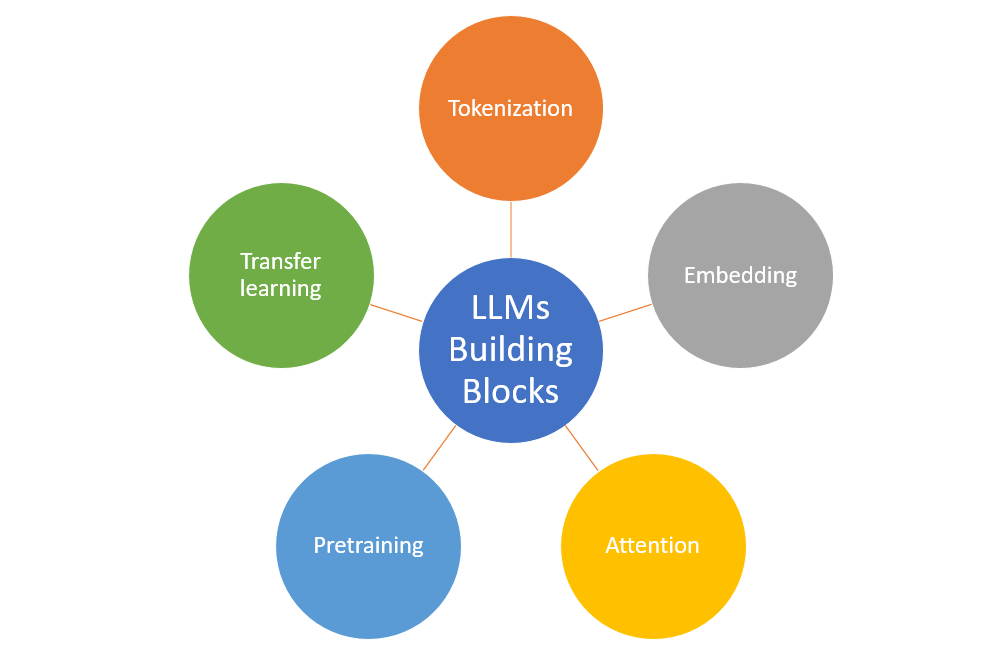 >
>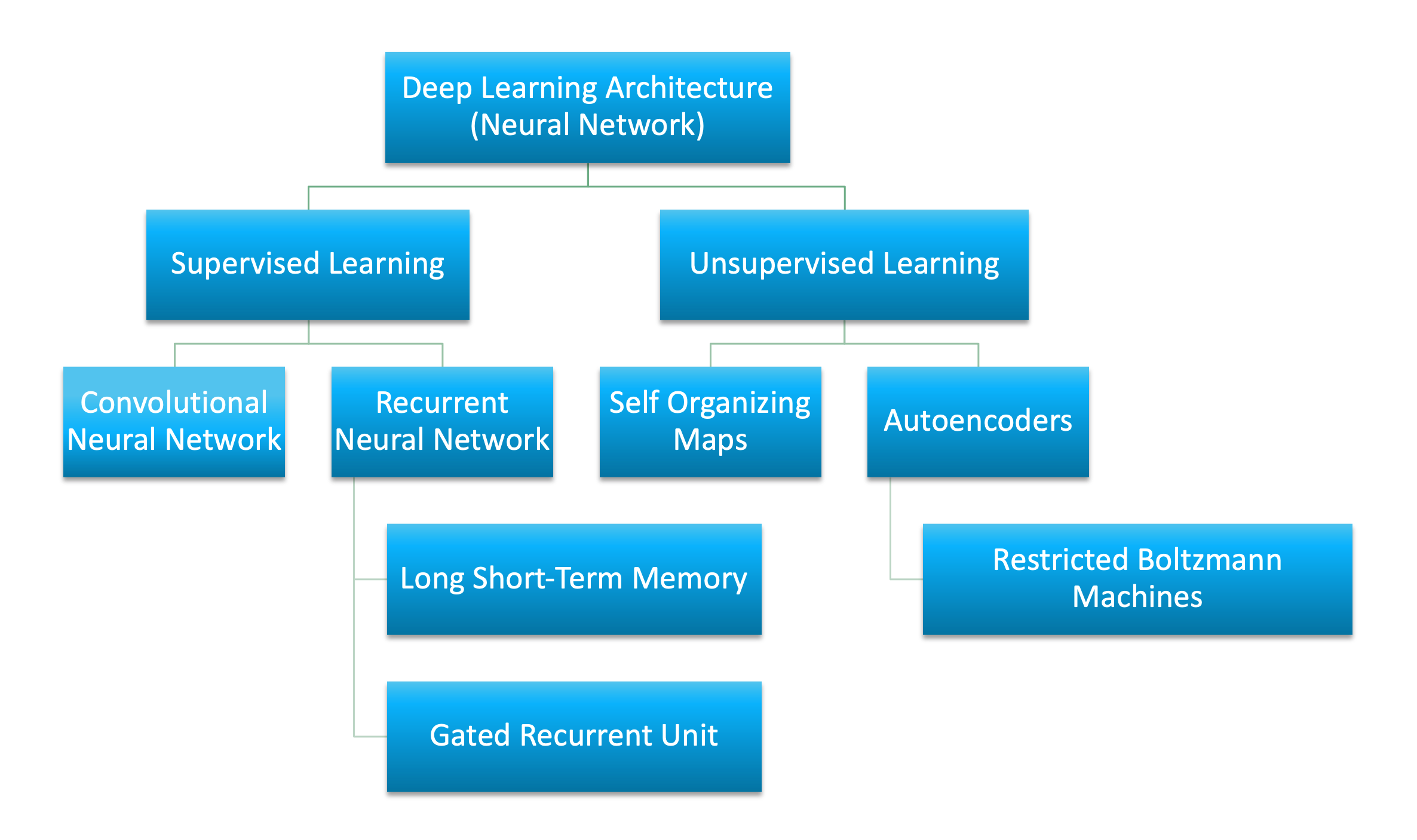
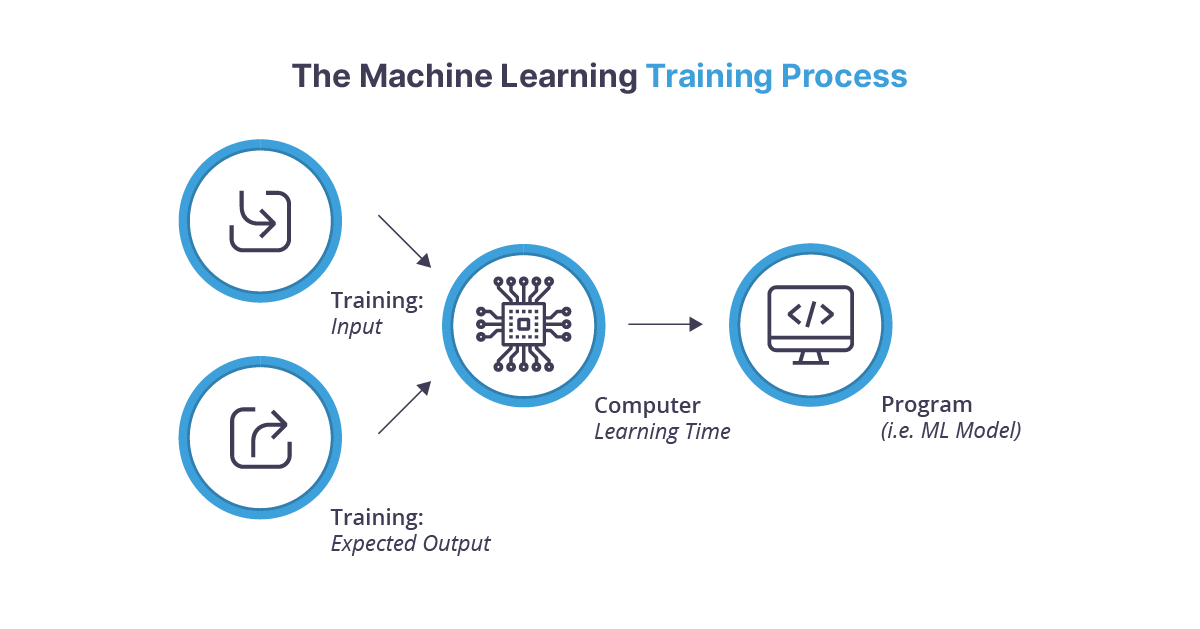
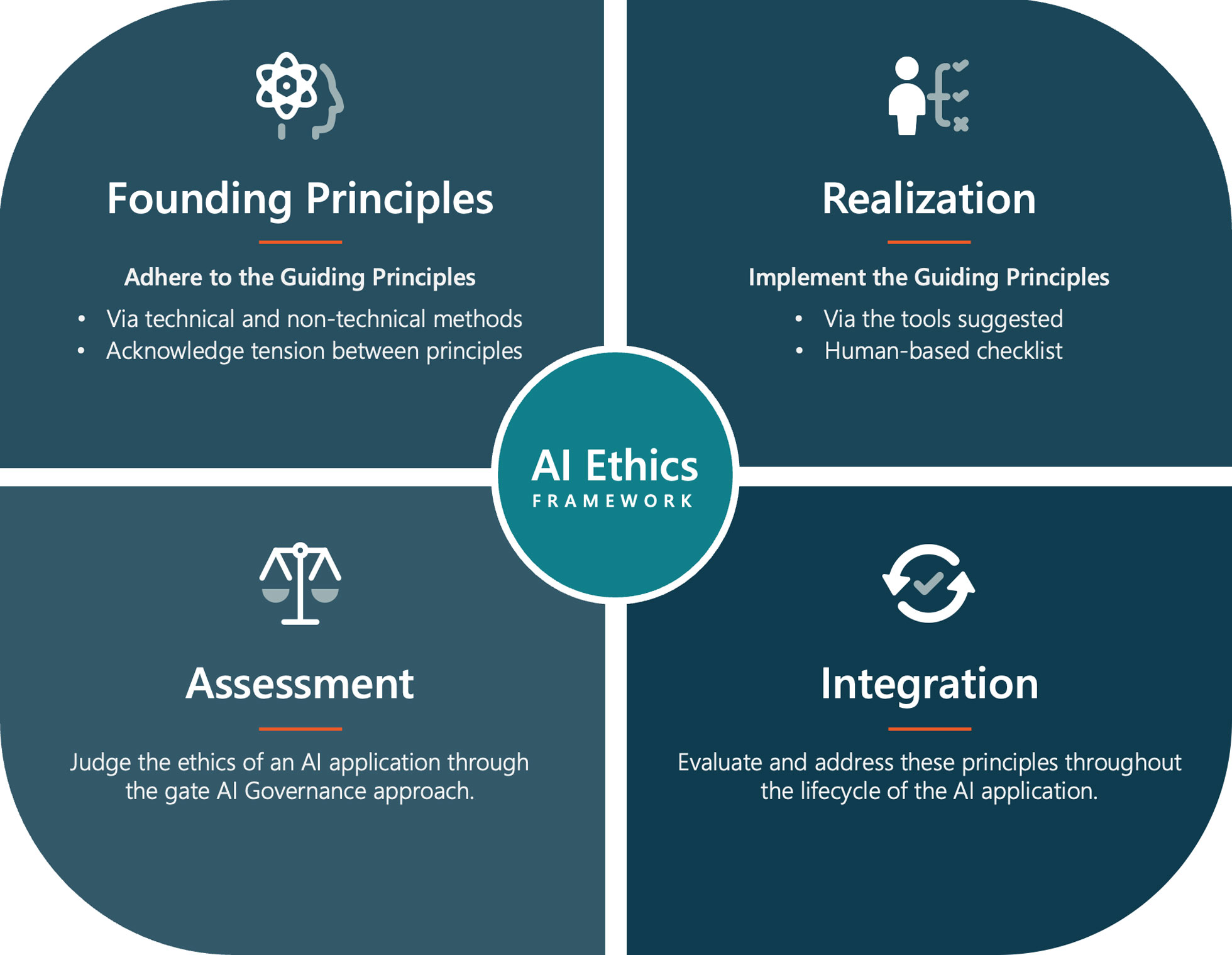
 >
>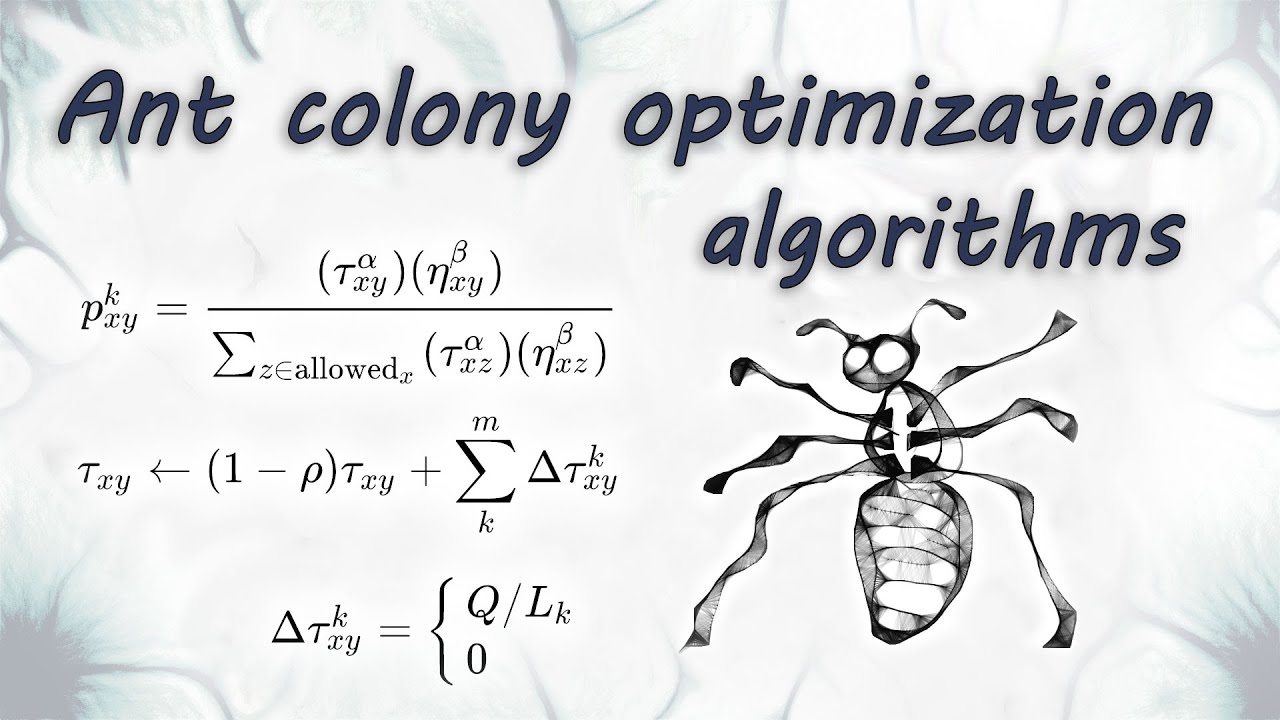 >
>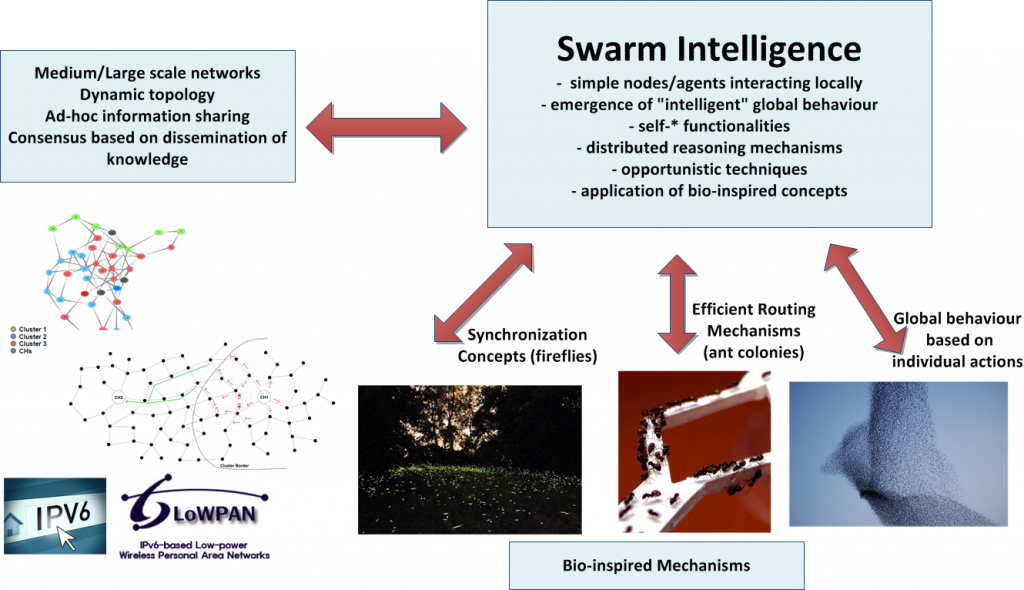 >
>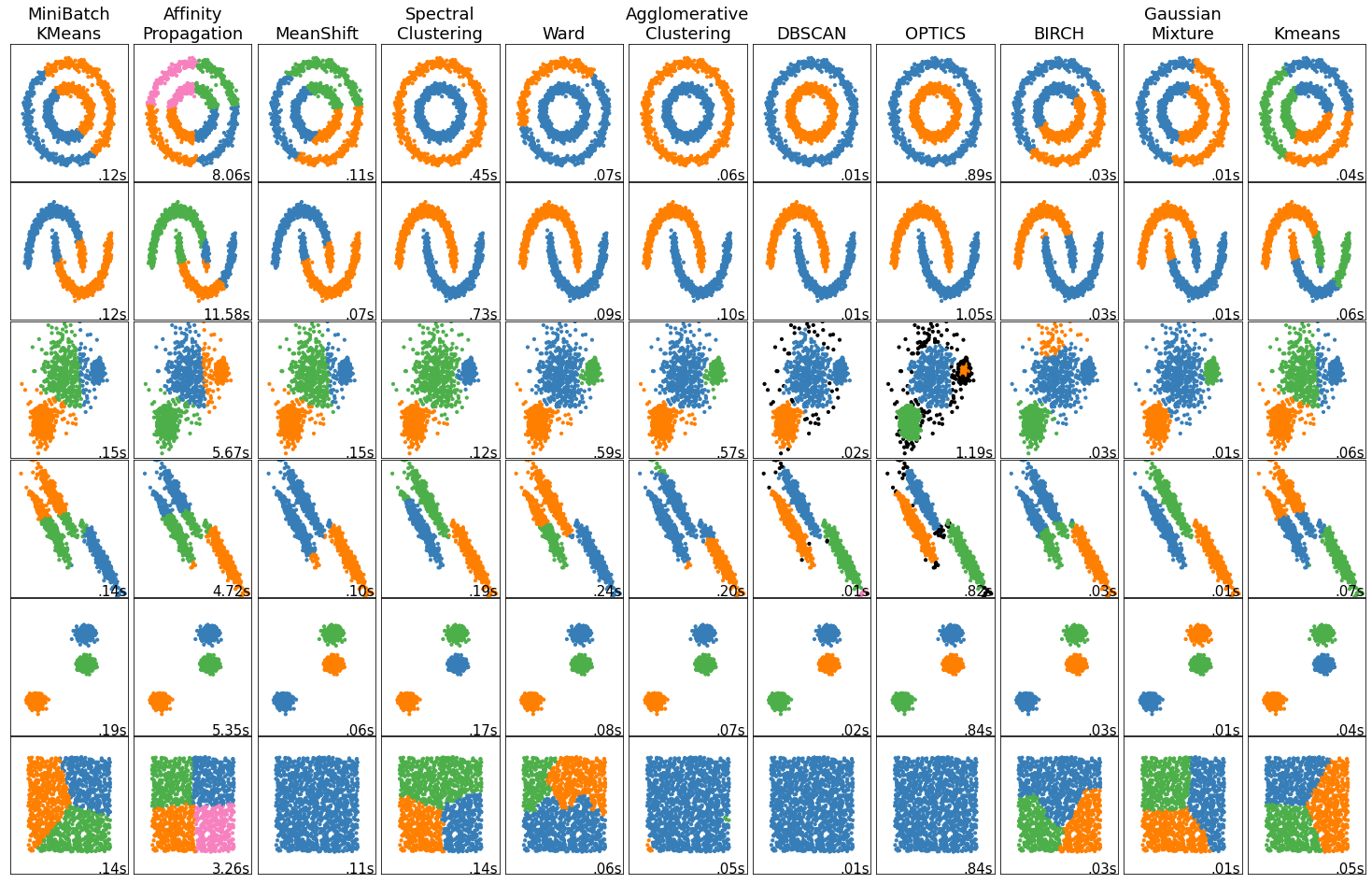 >
>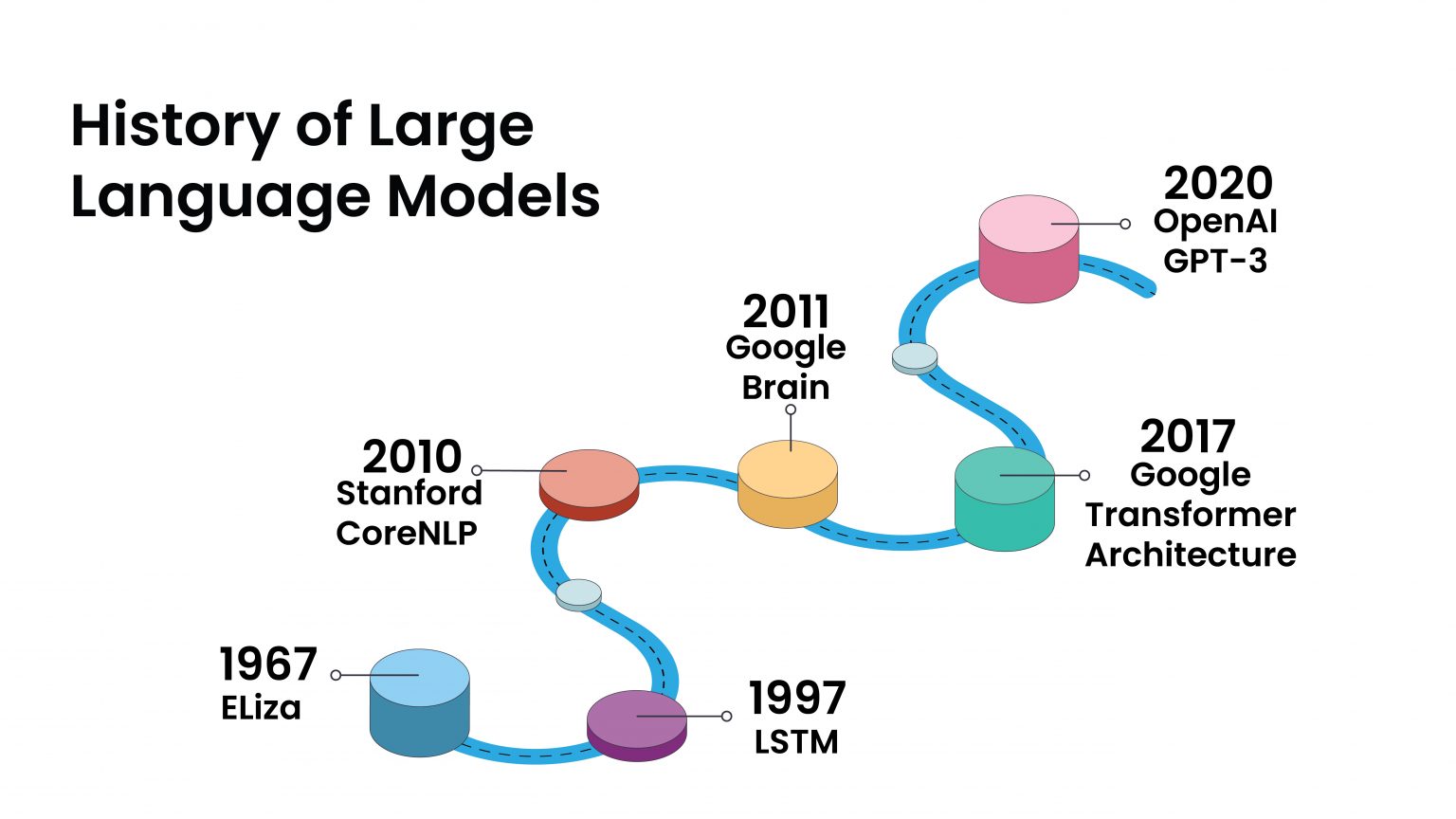 >
>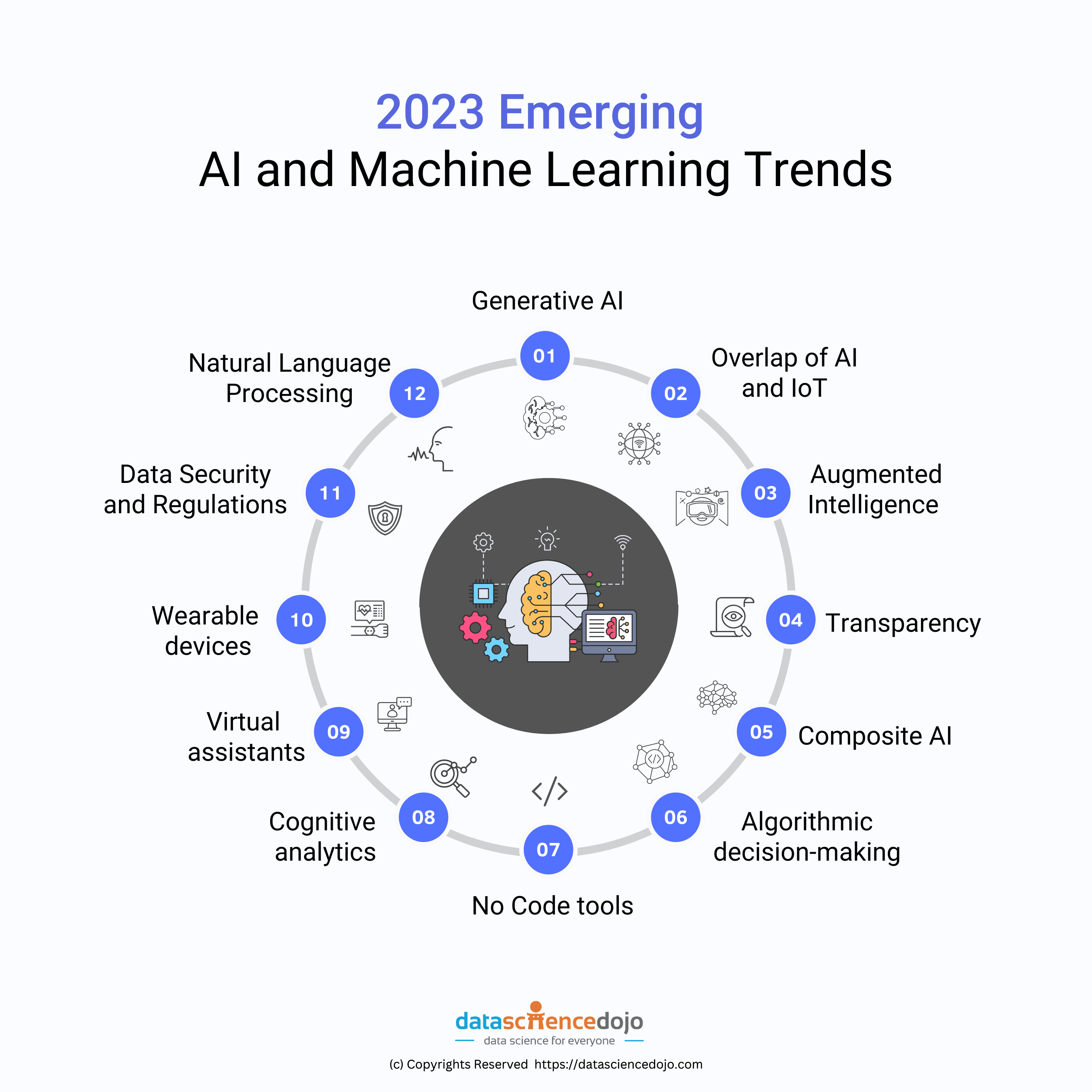 >
>